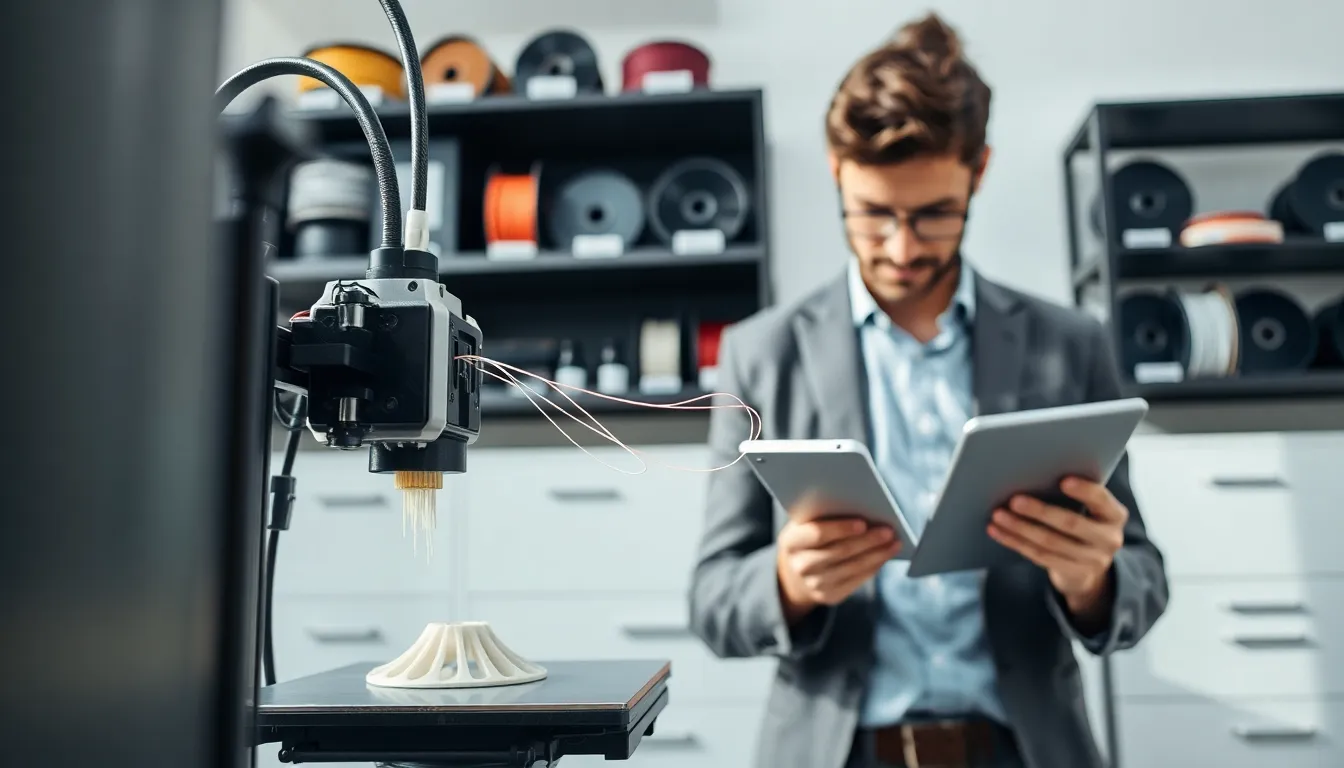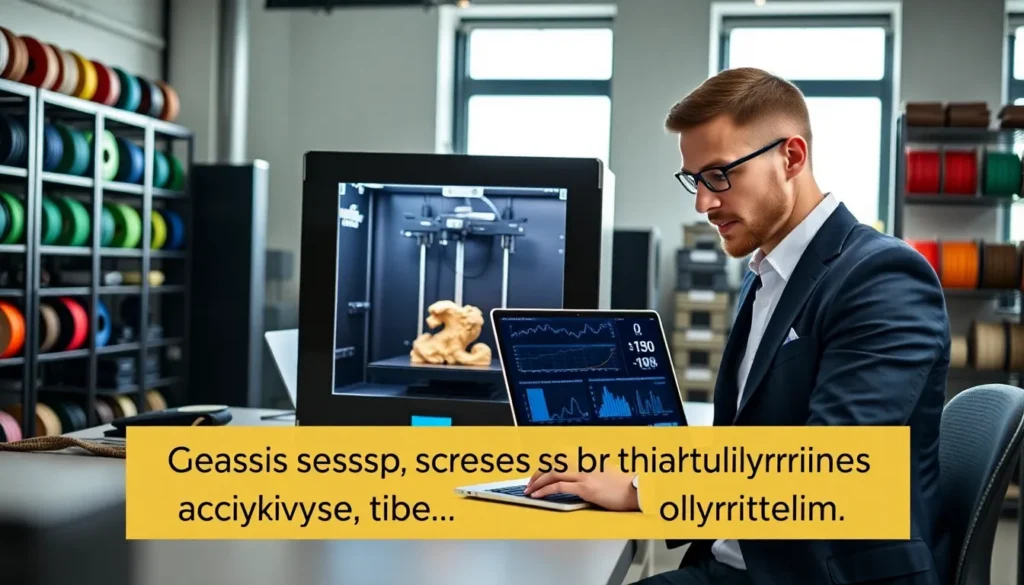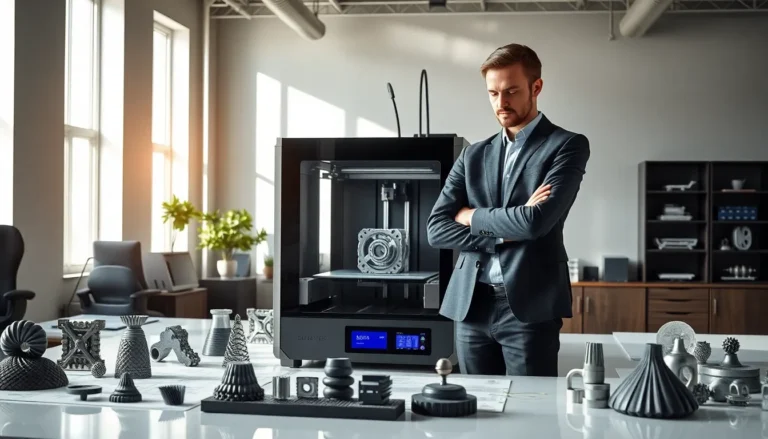Table of Contents
ToggleStringing in 3D printing is like finding a hair in your soup: it’s annoying and completely unnecessary. Have you ever pulled your freshly printed object from the printer, only to discover that it looks like a tangled mess? If you’re nodding along, you’re not alone. This pesky phenomenon, known as stringing, can turn even the most seasoned 3D printing enthusiast into a frustrated artist. So, what causes stringing and how can you keep your prints looking pristine? Let’s unravel the mystery together.
Understanding Stringing in 3D Printing

Stringing happens when a 3D printer nozzle leaks filament as it moves between print areas. Imagine your favorite spaghetti dish, but with the noodles flying around unwarrantedly. When the nozzle travels from one point to another and doesn’t effectively retract, excess material can ooze out and leave behind those annoying strands. The phenomenon is especially prevalent when printing with certain types of filaments, particularly those that are more fluid.
This issue often distracts from the overall quality of a print. You might wonder why something that should be precise starts looking like a Rube Goldberg project gone wrong. Thankfully, understanding the root causes can help mitigate stringing, leading to cleaner prints and happier users.
Key Factors Contributing to Stringing
Several factors contribute to the occurrence of stringing in 3D printing. Recognizing these components can enhance not only the quality of prints but also the efficiency of the printing process.
Temperature Influence On Stringing
Too hot? It’s not just your morning coffee that can be affected by temperature. The heat setting on your 3D printer influences how the filament behaves. When the nozzle temperature exceeds the recommended range for the filament, it becomes excessively fluid, resulting in stringing as molten plastic dribbles out during movement. Conversely, if the temperature is too low, it could lead to clogs and subpar prints.
Material Properties and Stringing
The filament material you choose plays a significant role in the amount of stringing that occurs. Different filaments have unique properties that affect their fluidity and shrinkage when cooling. For example, ABS tends to string more than PLA due to its higher melting point and tendency to flow easily. If you’re working with a filament that’s known for stringing, it might be time to explore other options or tweak your printing settings.
For instance, TPU and PETG can also be prone to stringing if not handled correctly. It could be beneficial to review the specifications of your filament and adjust the settings accordingly. Being aware of material properties isn’t just for the nerds in the lab: it’s crucial for anyone looking to nail their 3D printing.
Tips for Reducing Stringing
Now that you’re clued into the reasons behind stringing, let’s discuss some practical tips to minimize its occurrence. These adjustments might just save you a world of frustration during your next project.
- Lower the Temperature: Start by tweaking your nozzle temperature. Gradually decrease it to find the sweet spot where the filament flows without excessive stringing.
- Optimize Retraction Settings: Ensure your printer’s retraction settings are correctly configured. Increasing retraction distance and speed can help pull back more filament when the nozzle moves.
- Enable Z-Hop: Consider enabling Z-hop. This feature lifts the nozzle while moving, helping to reduce contact with printed areas, so minimizing stringing.
- Dry Your Filament: Moisture in your filament can lead to bubbling and increased fluidity. Make sure to store and dry your filament properly to maintain optimal results.
- Use a Different Filament: If you consistently experience issues, experiment with different brands or types of filament known for lower stringing rates.
- Adjust Print Speed: Slowing down the print speed during travel moves can allow the filament to retract more effectively, reducing the chances of stringing.
- Clean the Nozzle: A cleanup session might be in order. A clean nozzle averts clogs and lets filament flow freely, reducing unexpected dribbles.
These tips won’t guarantee a string-free print, but they’re definitely steps in the right direction.




